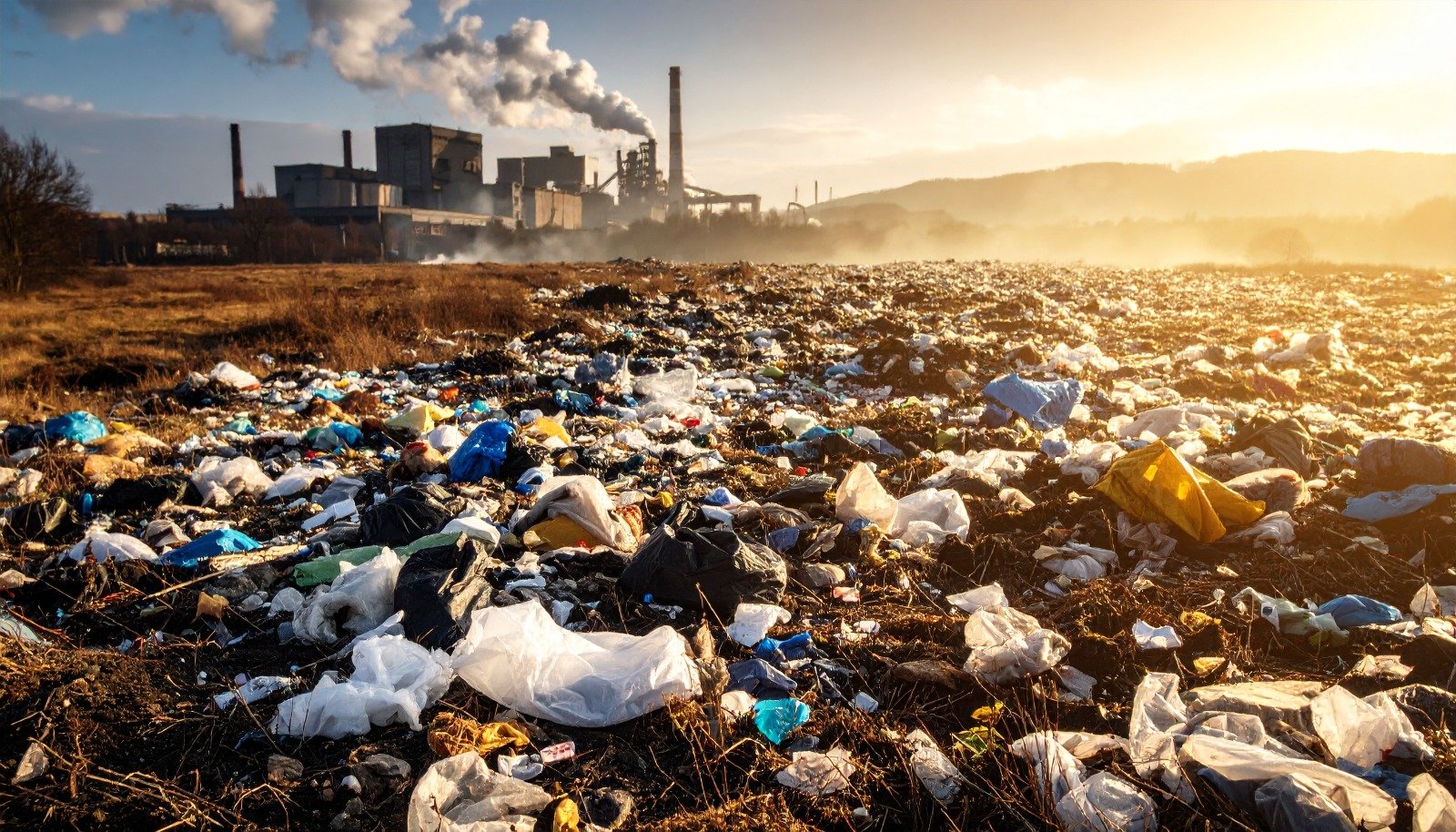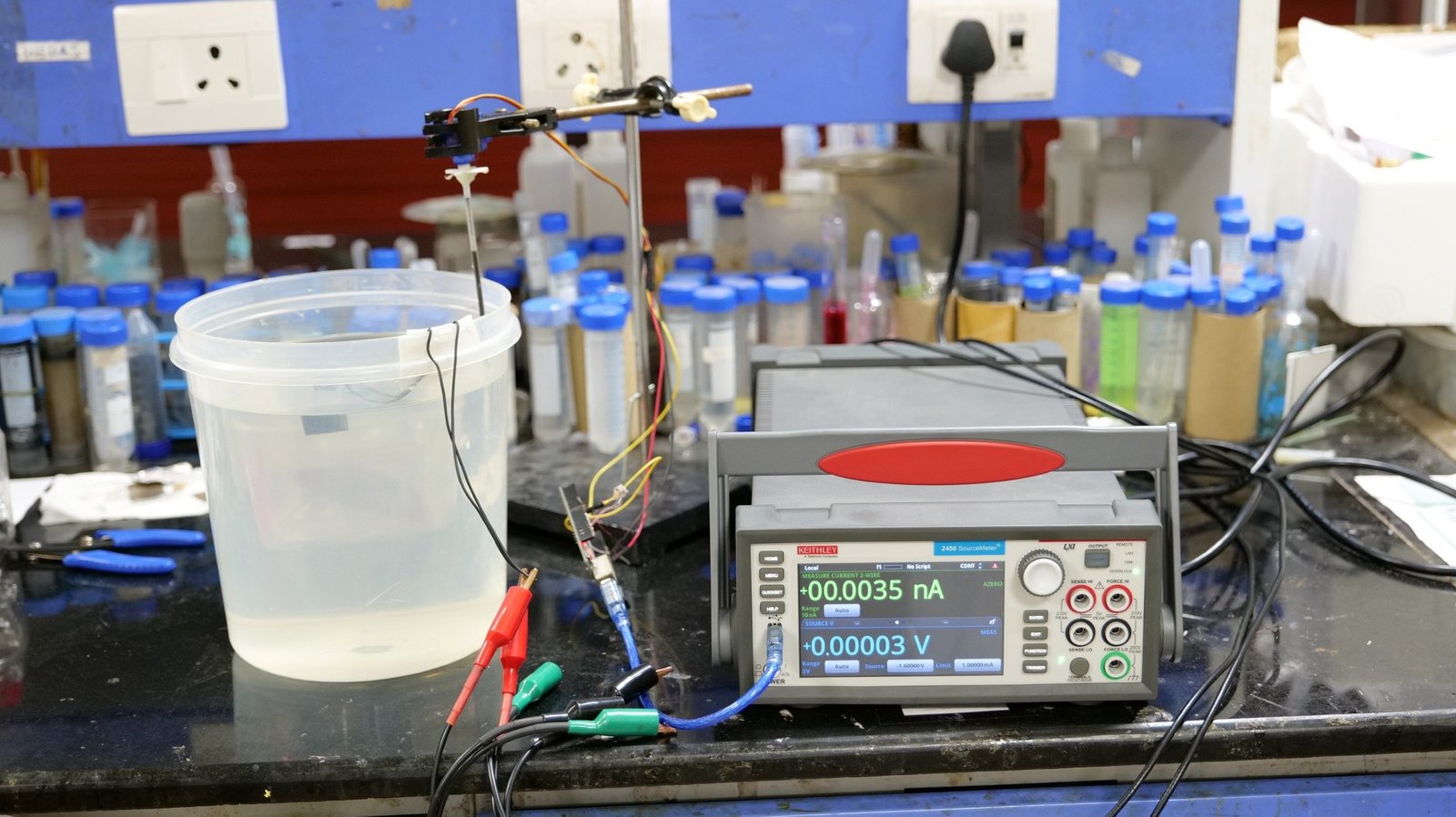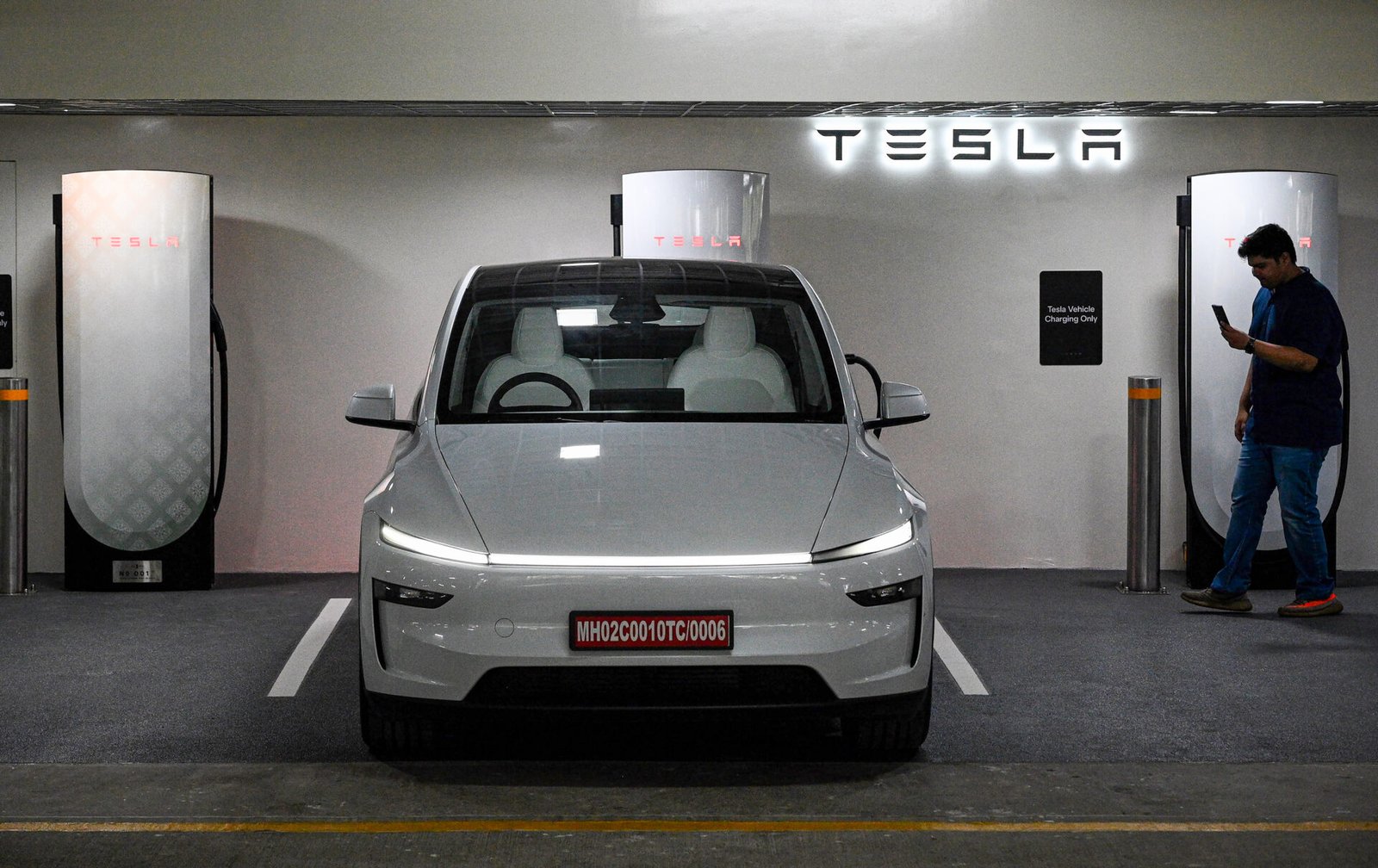Aadhaar
The Centre is making it impossible to file Income Tax, have a mobile phone or get a driving license without Aadhaar.
The BJP may have strongly opposed the UIDAI project when they were in the opposition, but ever since they came to power at the Centre, the Narendra Modi government has been determined to make the Aadhaar card the only proof of identification of every Indian in the future.
Notwithstanding the Supreme Court’s pronouncements on the issue, a number of departments in the government have been going ahead with making production of Aadhaar details mandatory for a range of purposes. Back in August 2015, the Supreme Court had declared that until a Constitutional bench of at least five or more SC Justices had heard a batch of petitions regarding Aadhaar, the government could not make it mandatory for any purpose other than some select schemes allowed by the SC.
The court had allowed the government to use Aadhaar only for the PDS scheme, and for the distribution of LPG subsidy, later adding on MGNREGA, pension schemes under the National Social Assistance Programme, the Prime Minister’s Jan Dhan Yojana (PMJDY) and the Employees’ Provident Fund Organisation (EPFO).
Yet, come 2017, and the Central government has announced laws, rules and plans that make it impossible to get a PAN card, file Income Tax, have a mobile phone or get a driving license without an Aadhaar number. Besides that, various ministries have also put out a series of notifications that make Aadhaar mandatory for a number of social welfare schemes.
The Supreme Court’s observations on Monday on this ever-expanding space of Aadhaar were two-fold. Despite the widespread outrage over making Aadhaar mandatory for such things as I-T returns, drivers’ licenses and so on, the Court ruled that the government cannot be stopped from using Aadhaar on non-benefit schemes.
On social welfare schemes, however the court has reasserted its earlier stand, once again stating that the Government cannot make lack of an Aadhaar number a ground on which to deny benefits under any welfare scheme.
However, this has been the Supreme Court’s position since 2015. But that hasn’t stopped the Central Government from notifying that Aadhaar is mandatory for all these schemes. It is yet to be seen how the SC will react if the Government continues down its current road.
But until then, here’s the laundry list of the many things that you need an Aadhaar for from now on:
1. From July 1 onwards, any person filing their I-T returns or applying for a PAN card must provide an Aadhaar number. Additionally according to the Hindustan Times, every PAN card also has to be linked to an Aadhaar number by December 31, or it will become invalid.
2. By February 6, 2018, every mobile phone service provider will have to verify all existing customers using Aadhaar-based e-KYC (know your customer), which means that every mobile number will have to be linked to an Aadhaar number by next year. Anyone purchasing a new SIM card will also have to provide an Aadhaar number.
3. While it is not yet mandatory, the government plans to kick off a project by October this year, to make Aadhaar mandatory for obtaining a new driving license and for renewing an old license. Since issuing a driving license is a state subject, the Central Government has to work with the various state governments for this. However, the National Informatics Centre has already begun the process of digitising license information that RTOs previously maintained manually, to create a nationally searchable database of license-holders.
4. The UGC has made it mandatory for students to have an Aadhaar number in order to receive their degrees. It has also directed all universities and institutions to include the Aadhaar numbers and photographs of the students in degrees and certificates issued by them.
5. Specific states have also introduced mandatory use of Aadhaar for a variety of reasons. In Tamil Nadu, for instance, anyone registering a new vehicle must provide their Aadhaar, PAN card and mobile numbers henceforth.
6. Andhra and Telangana have also made Aadhaar mandatory for all transactions involving the Regional Transport Organisations.
7. Andhra’s TTD has also made it mandatory to provide Aadhaar identification for the ritual angapradakshinam, to make sure that one person does not avail the service repeatedly.
8. As we’ve said above, the Supreme Court had already allowed the use of Aadhaar numbers for the MGNREGA programme, for distributing LPG subsidies, for the Prime Minister’s Jan Dhan Yojana (PMJDY) and for providing free rations under the Public Distribution System.
9. In the last three months, the Centre has also made the Aadhaar card mandatory for nearly three dozen programmes and schemes of its ministries, including getting fellowships, scholarships, and other benefits such as free books, uniforms, and stationery in schools and universities.
10. You also need an Aadhaar for being enrolled in the Midday Meal Scheme, and for receiving assistance under the Sarva Shiksha Abhiyan Scheme for universalising education.
11. Receiving benefits under the Implementation of Protection of Civil Rights Act 1955, the Protection of Civil Rights Act 1955, and the SC and ST Prevention of Atrocities Act 1989, as well as a variety of other programmes targeted at the welfare of Scheduled Caste and Backward Caste populations also requires the Universal ID.
12. It’s also compulsory for all staff working under the National Health Mission, and all beneficiaries covered by it.
13. And also enrollment in any skill-development programmes offered by the Government.
14. Schemes of the Women and Child Development Ministry including the Training and Employment Programme, the Ujjwala Scheme for prevention, rescue and rehabilitation of trafficked women and children, and the Swadhar Greh scheme for the empowerment of women in dire socio-economic circumstances requires Aadhaar.
15. You also need one if you’re seeking funds under the Pradhan Mantri Awas Yojana, for constructing homes.
16. Farmers availing fertiliser and other subsidies, and soil testing services from the government are also mandated to have an Aadhaar card. In Maharashtra, crop insurance schemes for farmers also require Aadhaar.
17. Pregnant women seeking cash transfers, free medicines, nutrition support, and so on under the Maternity Benefit Programme and the Integrated Child Development Services will also need to be enrolled.
18. Senior citizens applying for old-age pensions or enrolling for adult education programmes of the Central Government need an Aadhaar too.
Notwithstanding the Supreme Court’s pronouncements on the issue, a number of departments in the government have been going ahead with making production of Aadhaar details mandatory for a range of purposes. Back in August 2015, the Supreme Court had declared that until a Constitutional bench of at least five or more SC Justices had heard a batch of petitions regarding Aadhaar, the government could not make it mandatory for any purpose other than some select schemes allowed by the SC.
The court had allowed the government to use Aadhaar only for the PDS scheme, and for the distribution of LPG subsidy, later adding on MGNREGA, pension schemes under the National Social Assistance Programme, the Prime Minister’s Jan Dhan Yojana (PMJDY) and the Employees’ Provident Fund Organisation (EPFO).
Yet, come 2017, and the Central government has announced laws, rules and plans that make it impossible to get a PAN card, file Income Tax, have a mobile phone or get a driving license without an Aadhaar number. Besides that, various ministries have also put out a series of notifications that make Aadhaar mandatory for a number of social welfare schemes.
The Supreme Court’s observations on Monday on this ever-expanding space of Aadhaar were two-fold. Despite the widespread outrage over making Aadhaar mandatory for such things as I-T returns, drivers’ licenses and so on, the Court ruled that the government cannot be stopped from using Aadhaar on non-benefit schemes.
On social welfare schemes, however the court has reasserted its earlier stand, once again stating that the Government cannot make lack of an Aadhaar number a ground on which to deny benefits under any welfare scheme.
However, this has been the Supreme Court’s position since 2015. But that hasn’t stopped the Central Government from notifying that Aadhaar is mandatory for all these schemes. It is yet to be seen how the SC will react if the Government continues down its current road.
But until then, here’s the laundry list of the many things that you need an Aadhaar for from now on:
1. From July 1 onwards, any person filing their I-T returns or applying for a PAN card must provide an Aadhaar number. Additionally according to the Hindustan Times, every PAN card also has to be linked to an Aadhaar number by December 31, or it will become invalid.
2. By February 6, 2018, every mobile phone service provider will have to verify all existing customers using Aadhaar-based e-KYC (know your customer), which means that every mobile number will have to be linked to an Aadhaar number by next year. Anyone purchasing a new SIM card will also have to provide an Aadhaar number.
3. While it is not yet mandatory, the government plans to kick off a project by October this year, to make Aadhaar mandatory for obtaining a new driving license and for renewing an old license. Since issuing a driving license is a state subject, the Central Government has to work with the various state governments for this. However, the National Informatics Centre has already begun the process of digitising license information that RTOs previously maintained manually, to create a nationally searchable database of license-holders.
4. The UGC has made it mandatory for students to have an Aadhaar number in order to receive their degrees. It has also directed all universities and institutions to include the Aadhaar numbers and photographs of the students in degrees and certificates issued by them.
5. Specific states have also introduced mandatory use of Aadhaar for a variety of reasons. In Tamil Nadu, for instance, anyone registering a new vehicle must provide their Aadhaar, PAN card and mobile numbers henceforth.
6. Andhra and Telangana have also made Aadhaar mandatory for all transactions involving the Regional Transport Organisations.
7. Andhra’s TTD has also made it mandatory to provide Aadhaar identification for the ritual angapradakshinam, to make sure that one person does not avail the service repeatedly.
8. As we’ve said above, the Supreme Court had already allowed the use of Aadhaar numbers for the MGNREGA programme, for distributing LPG subsidies, for the Prime Minister’s Jan Dhan Yojana (PMJDY) and for providing free rations under the Public Distribution System.
9. In the last three months, the Centre has also made the Aadhaar card mandatory for nearly three dozen programmes and schemes of its ministries, including getting fellowships, scholarships, and other benefits such as free books, uniforms, and stationery in schools and universities.
10. You also need an Aadhaar for being enrolled in the Midday Meal Scheme, and for receiving assistance under the Sarva Shiksha Abhiyan Scheme for universalising education.
11. Receiving benefits under the Implementation of Protection of Civil Rights Act 1955, the Protection of Civil Rights Act 1955, and the SC and ST Prevention of Atrocities Act 1989, as well as a variety of other programmes targeted at the welfare of Scheduled Caste and Backward Caste populations also requires the Universal ID.
12. It’s also compulsory for all staff working under the National Health Mission, and all beneficiaries covered by it.
13. And also enrollment in any skill-development programmes offered by the Government.
14. Schemes of the Women and Child Development Ministry including the Training and Employment Programme, the Ujjwala Scheme for prevention, rescue and rehabilitation of trafficked women and children, and the Swadhar Greh scheme for the empowerment of women in dire socio-economic circumstances requires Aadhaar.
15. You also need one if you’re seeking funds under the Pradhan Mantri Awas Yojana, for constructing homes.
16. Farmers availing fertiliser and other subsidies, and soil testing services from the government are also mandated to have an Aadhaar card. In Maharashtra, crop insurance schemes for farmers also require Aadhaar.
17. Pregnant women seeking cash transfers, free medicines, nutrition support, and so on under the Maternity Benefit Programme and the Integrated Child Development Services will also need to be enrolled.
18. Senior citizens applying for old-age pensions or enrolling for adult education programmes of the Central Government need an Aadhaar too.
Enanble Notification:
No
TNM Marquee:
No









